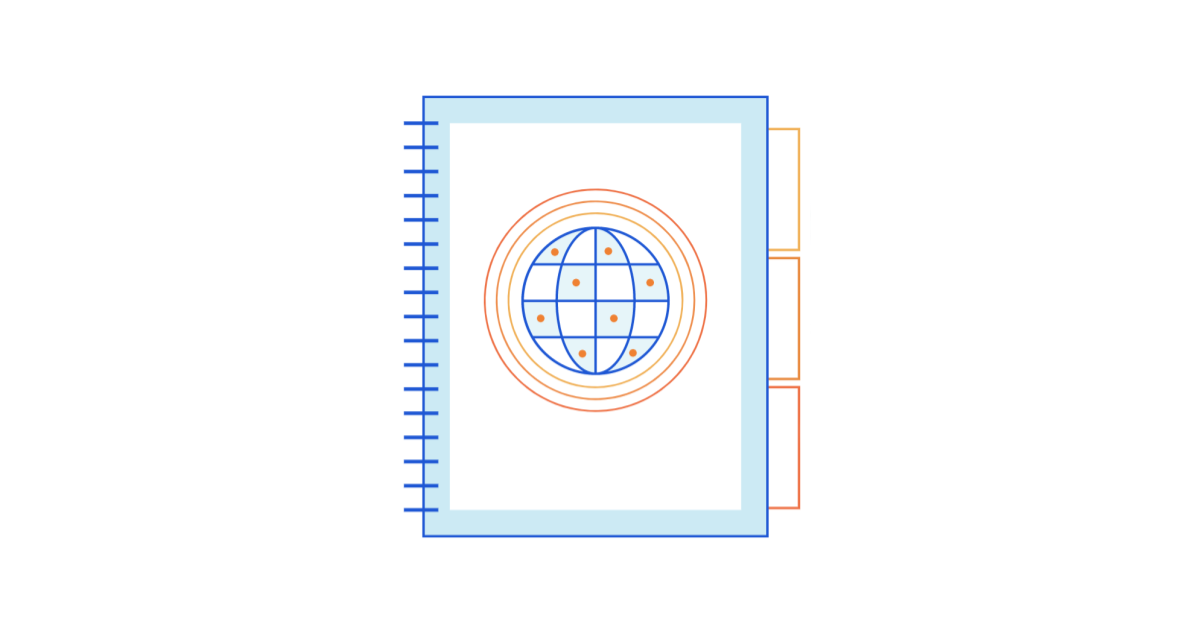Creating your own cowsay messenger
One of the sillier, but still fun, tools available on Linux is called "cowsay". It's used to display a phrase along with an ASCII art image of a cow.The cowsay command allows you to create messages that are less likely to be overlooked and might come across as just a little friendlier than the other thousand or so messages most of us get every day. For example:$ cowsay This is cowsay! _________________ < This is cowsay! > ----------------- \ ^__^ \ (oo)\_______ (__)\ )\/\ ||----w | || || Once cowsay is installed on your system, you can create cute little messages – and you're not limited to displaying a cow! In fact, if you wander over to the cowsay's directory – /usr/share/cowsay/cows – you'll see that there's a fairly large collection of files available. Each includes a different image. You can choose from images as diverse as a snowman and a stegosaurus. If you want to greet your Australian friends using cowsay, you might try using the koala.To read this article in full, please click here



 First posted in Human Infrastructure Magazine in March 2020 Its fashionable in Enterprise IT is to reduce headcount. This reflects a wider business fashion of ‘business without labour’ that chases the dream of ‘profits without cost’. You see, investors watch ‘revenue per employee’ or ‘profit per employee’ and IT managers feel pressure to ditch people […]
First posted in Human Infrastructure Magazine in March 2020 Its fashionable in Enterprise IT is to reduce headcount. This reflects a wider business fashion of ‘business without labour’ that chases the dream of ‘profits without cost’. You see, investors watch ‘revenue per employee’ or ‘profit per employee’ and IT managers feel pressure to ditch people […]